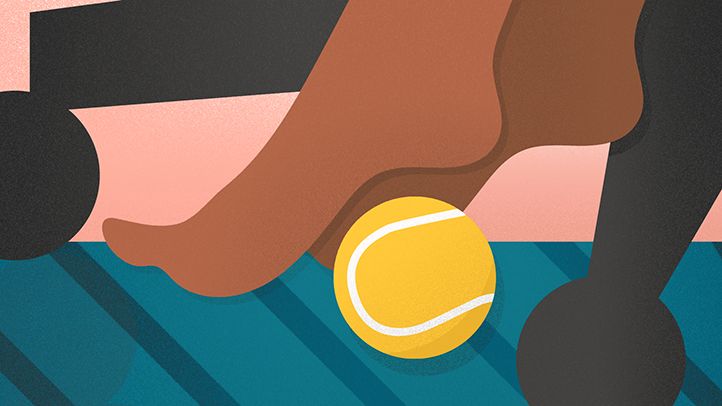Even people who exercise regularly and eat healthy will still experience some body aches and pains. Stress and sitting too long can cause them.
Vikash Sharma is a doctor of physical therapies at Perfect Stride Physical Therapy in New York City. He explained that if you become more sedentary than usual your body will adapt to it. He says that all tissues responsible for sitting will be better at sitting. The tissues around the joint might become less flexible, which can lead to aches and pains.
1. Pelvic tilts can relieve lower back pain
Sharma says that lower back pain is one the most common complaints. He says that it is not surprising, considering how much we spend moving our backs. Your back will ache if you sit all day, or hunched over,
Practice pelvic tilts at your desk. This will activate your lower back, and spine. Think of your pelvis as a bowl filled with water. He explains that you should try to move the bowl forward and backward. Your lower back should arch in the forward movement, and then flatten in the backward. You should do 10 reps every 30 minutes.
2. Targeted Stretches can loosen up your hips
Your hips will tighten if you sit in a fixed posture at a computer. Sharma explains that in a seated position you are closing the angle between your thigh bone, your abdomen, and trunk. This is where the key is to move in the opposite direction. He recommends taking a short break to do an active hip flexor stretch. To stretch your quadriceps (quad), stand up, bring your heel towards your butt, and grab your foot. Move your knee forward and back to increase range of motion. This will activate the gluteus muscles and stretch the hips flexor. Repeat the process on the opposite side.
3. Deep Breathe to Reduce Shoulder Stiffness
Stress can cause tightness and stiffness in the upper back, neck and shoulders. Sharma says that changing your breathing patterns can help open these areas. He explains, “Stressed out breathing seems shallower.” Instead of using your diaphragm, you use accessory muscles to inhale or exhale. These muscles are located in the neck and upper rib cage. Rapid breathing is the result.
Instead, focus on diaphragmatic breath — slow, deep, and longer “belly” breathing. Your stomach should feel like it is moving out with each breath. Sharma says, “I work with some patients in the clinic. When we address their breathing, their pain levels generally decrease.”
4. Relax your neck strain by sitting straight up
Take a moment to evaluate your current position, if you are reading this article from a computer screen. Are you looking forward or back?
Joel Press, MD is the Hospital for Special Surgery’s physiatrist in Chief. “The most common problem with neck pain we see is when people sit down at a computer or desk for long periods of times, their head begins to lean forward as the screen gets closer and closer,” he says. This will cause strain to the neck muscles. “It’s similar to trying to hold a 10- or 8-pound bowling ball one foot from your body,” he said. He suggests that you pull your head back towards the center of your body, and then sit with your head over your shoulders.
5. Give your hands a break regularly
Are you a pro at typing up a storm. It might seem like you are cramming your to-do lists, but it can cause severe pain in your wrists and hands.
When you type for long periods of times without stopping, your muscles can become very tired and tense. Dr. Press recommends that you give your hands a 30-minute break each 30 minutes. “Like any muscle, fatigue can cause lactic acid to build up, which can lead to cramping and stiffness.” This easy stretch is from Keck Medicine at University of Southern California. Make a fist using each hand and hold it. Then, open your hands wide to spread your fingers. You can do this three more times.




